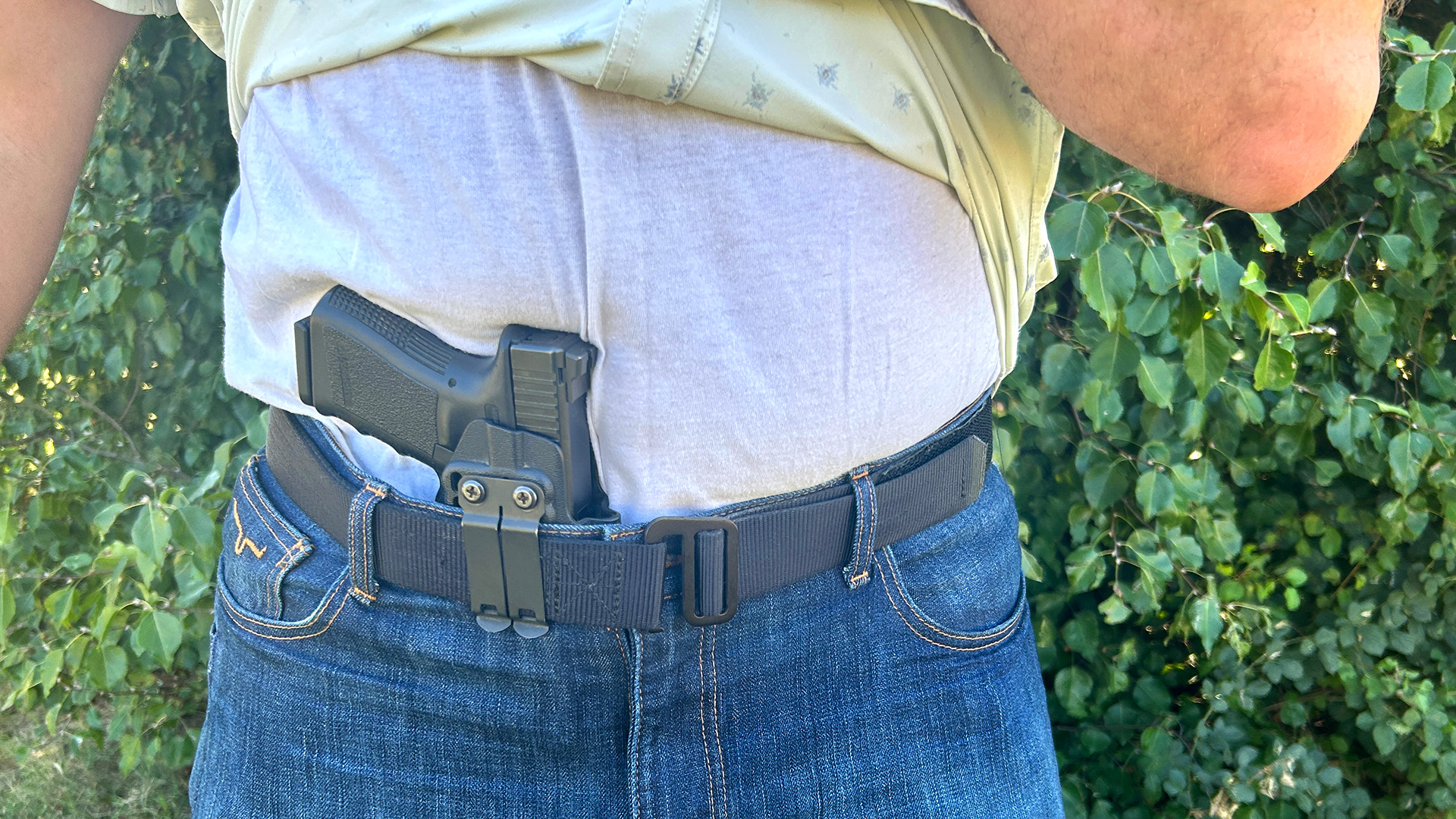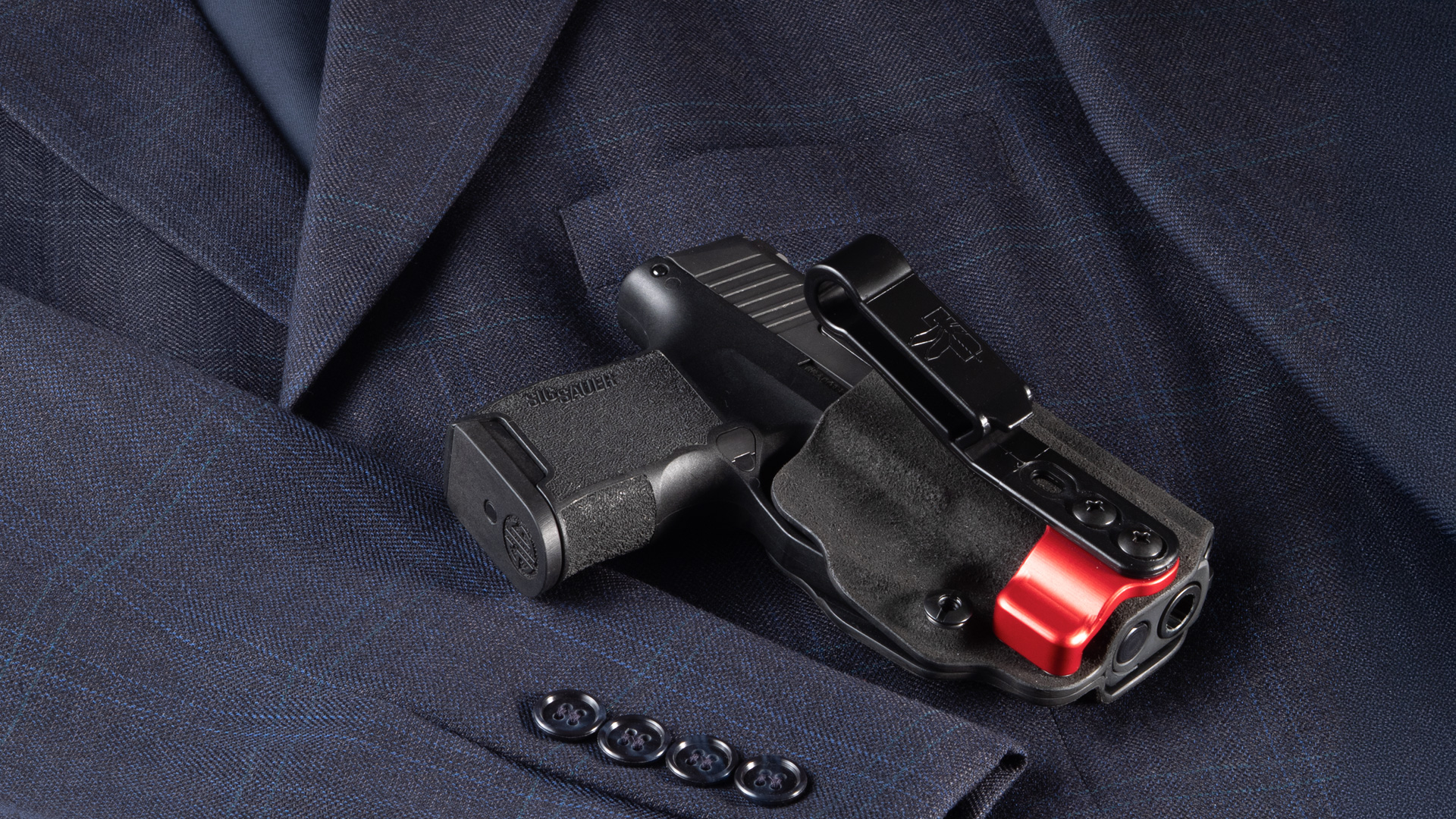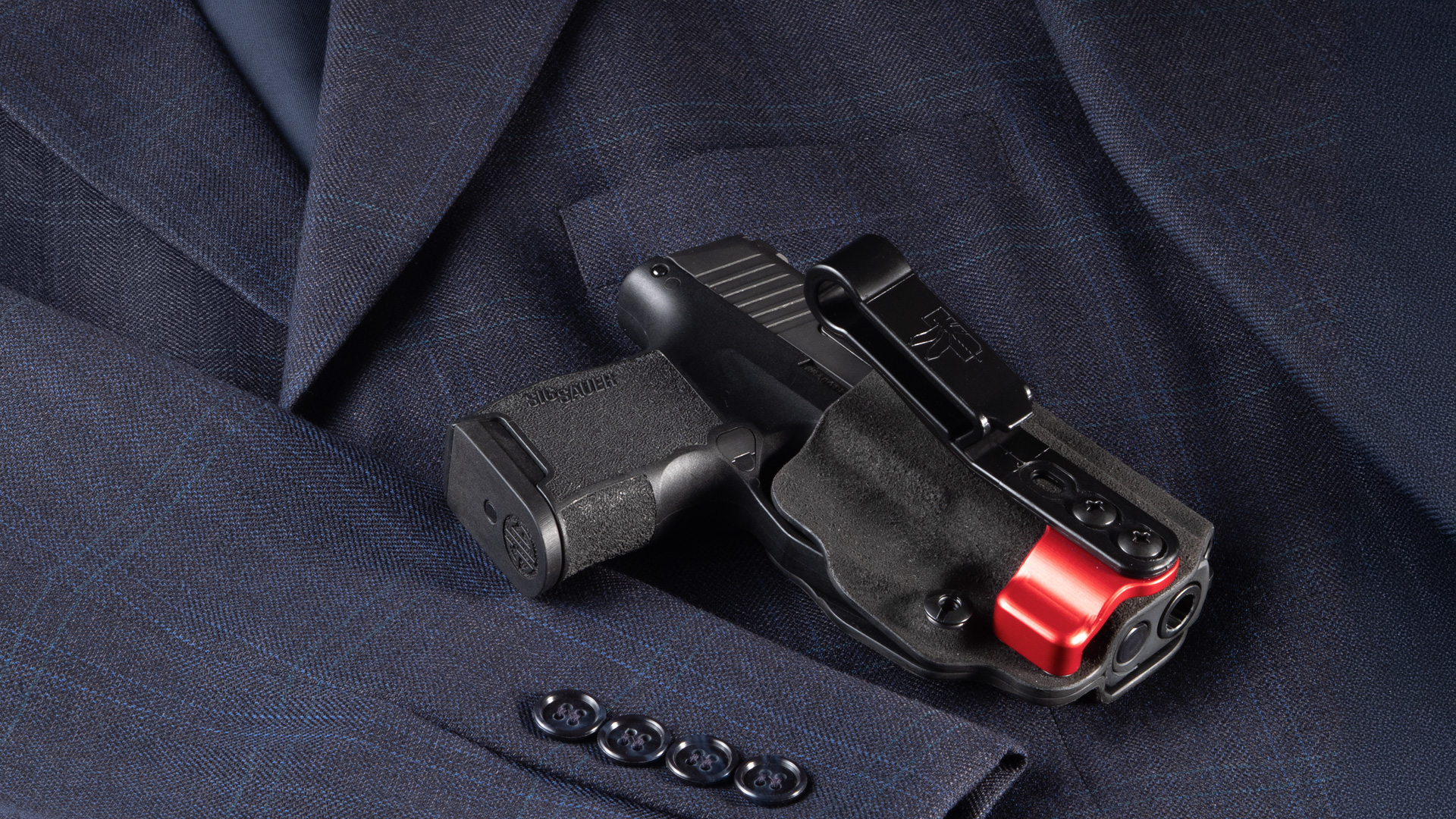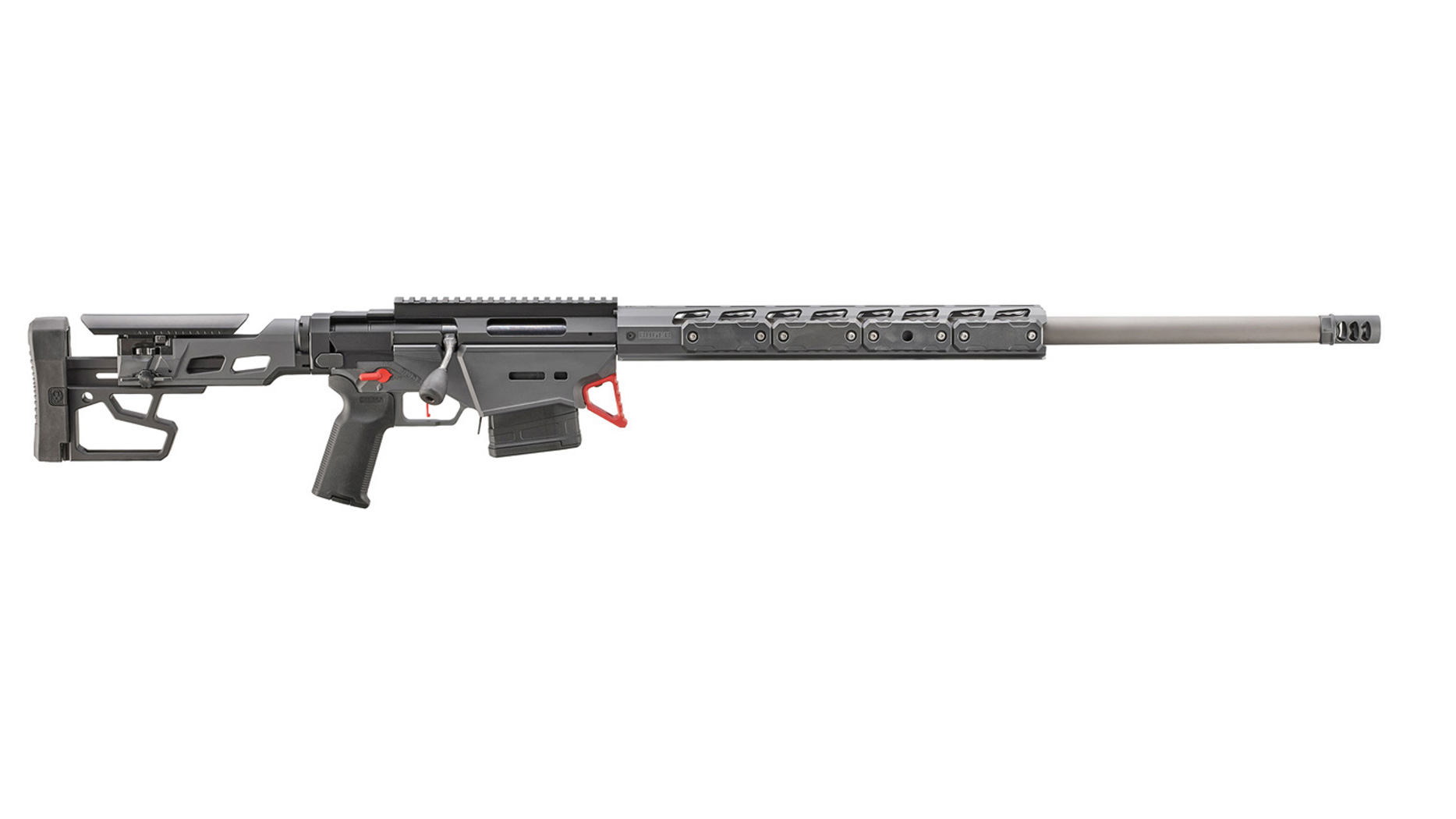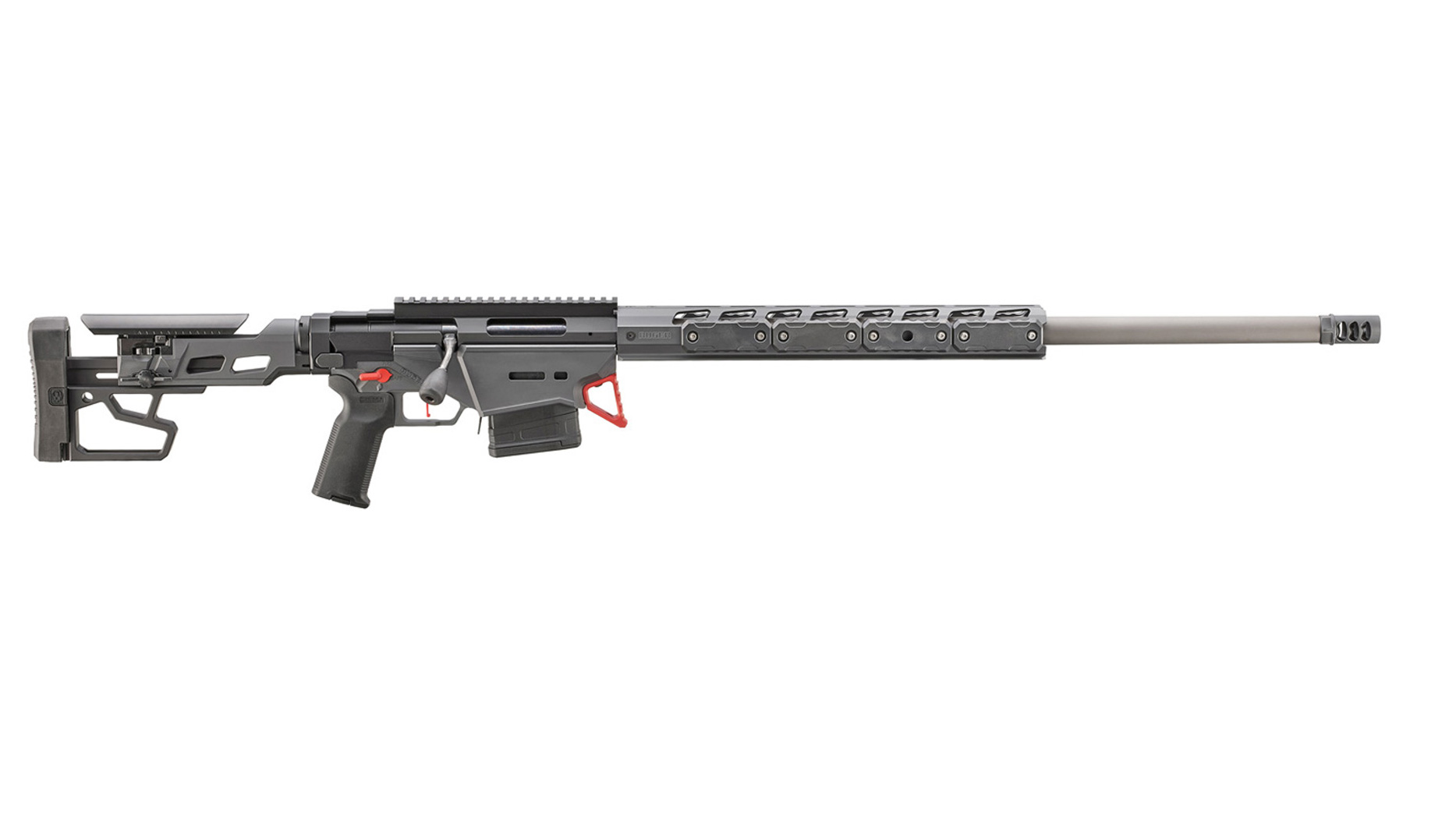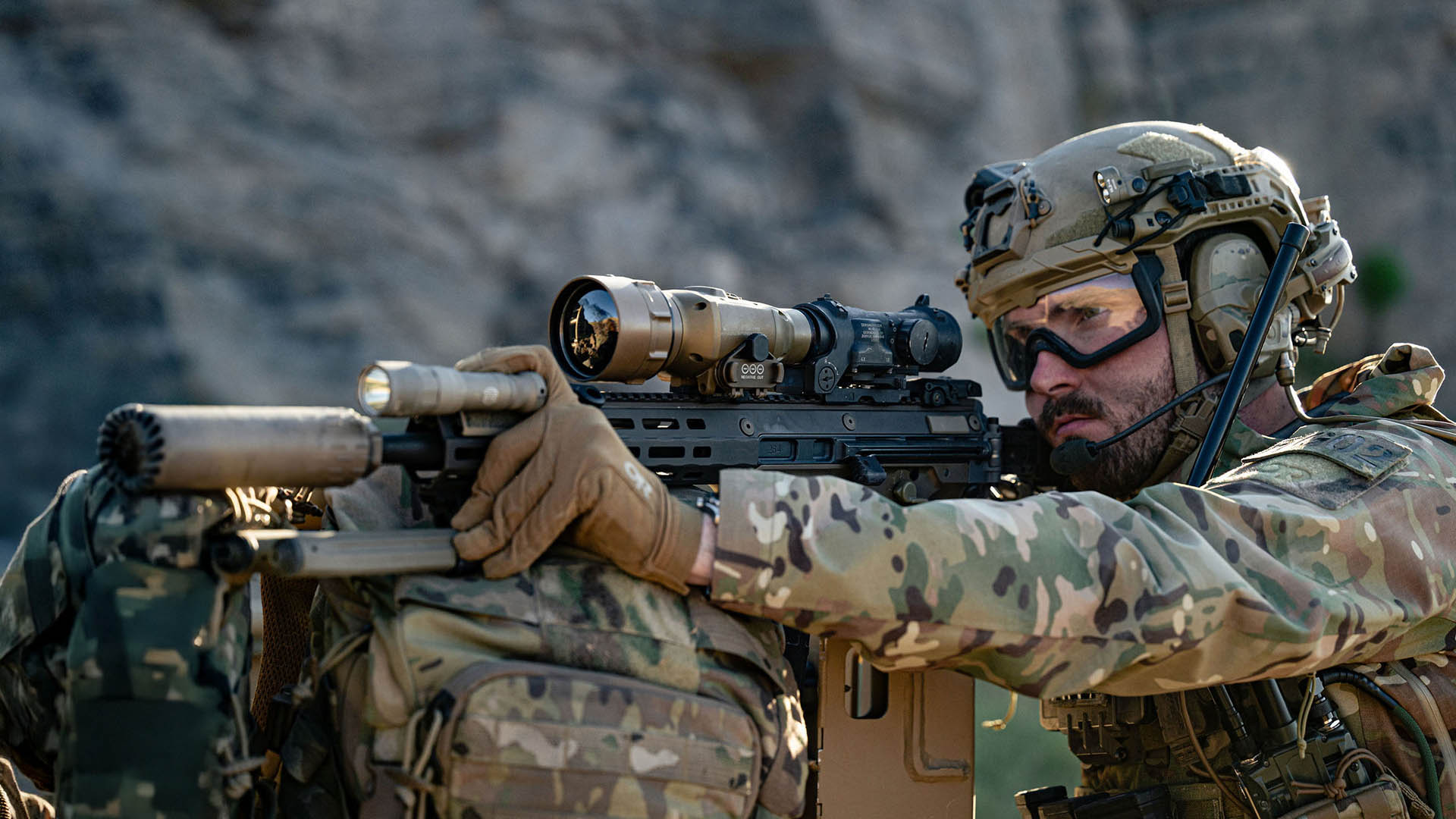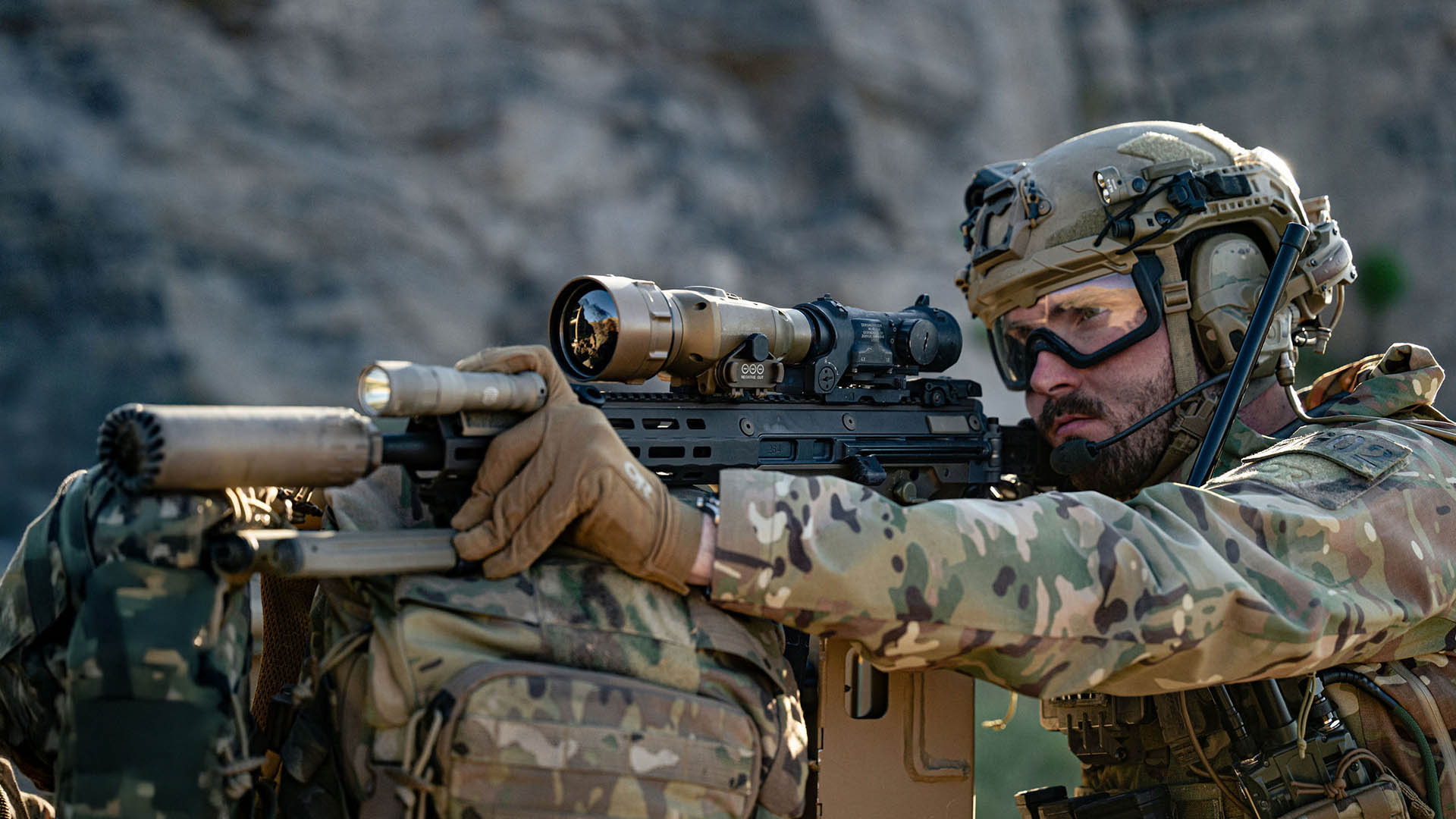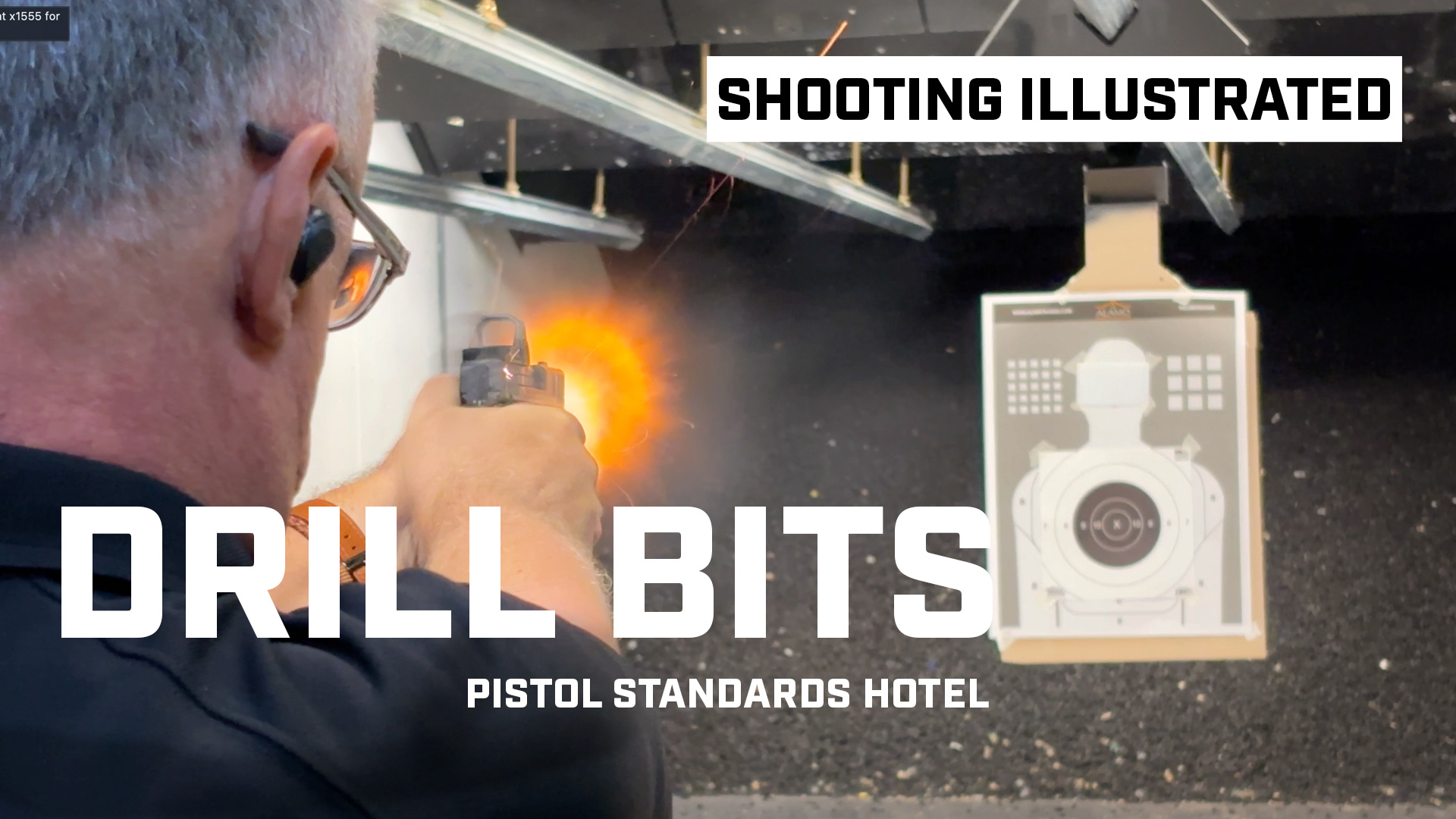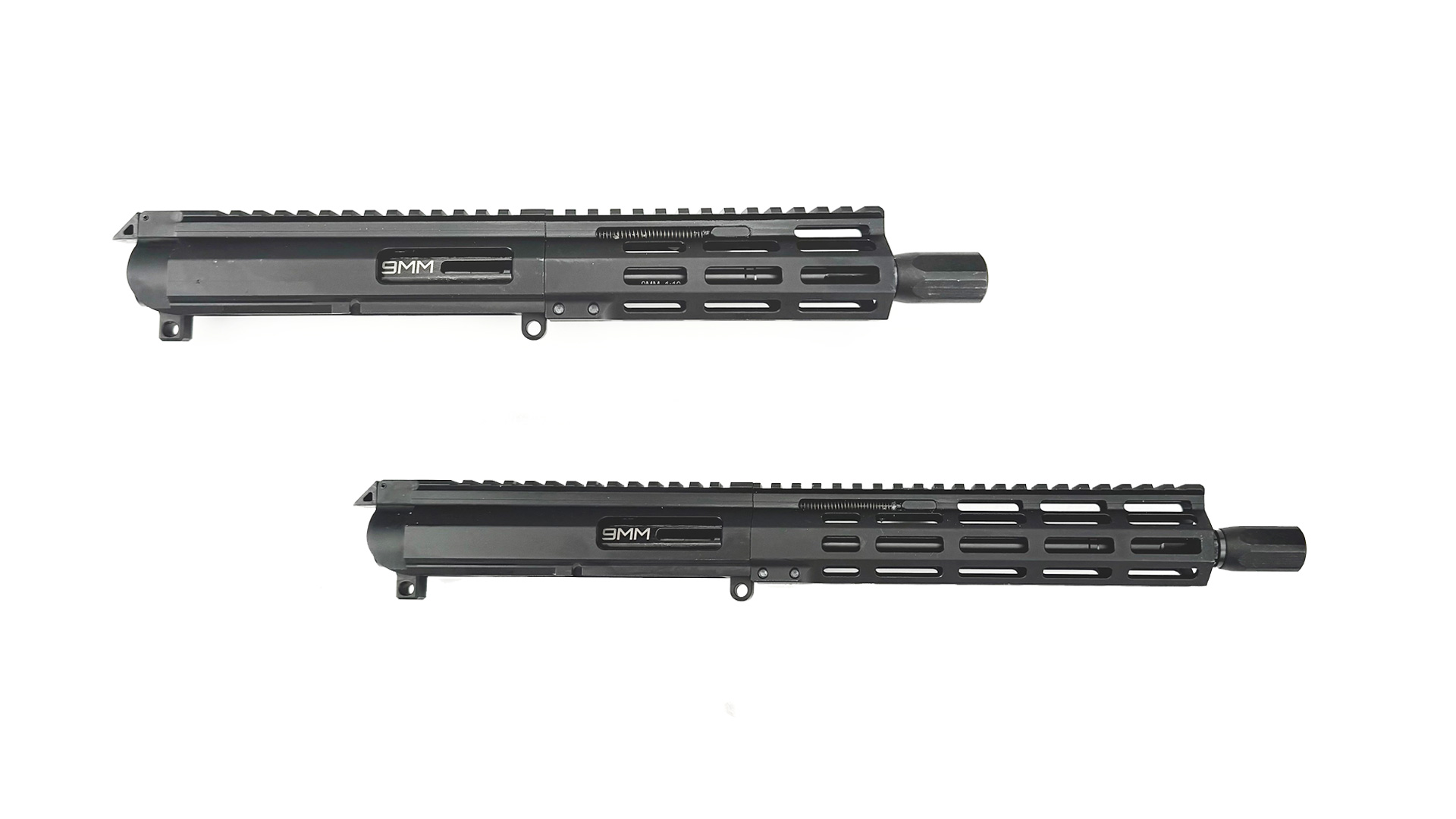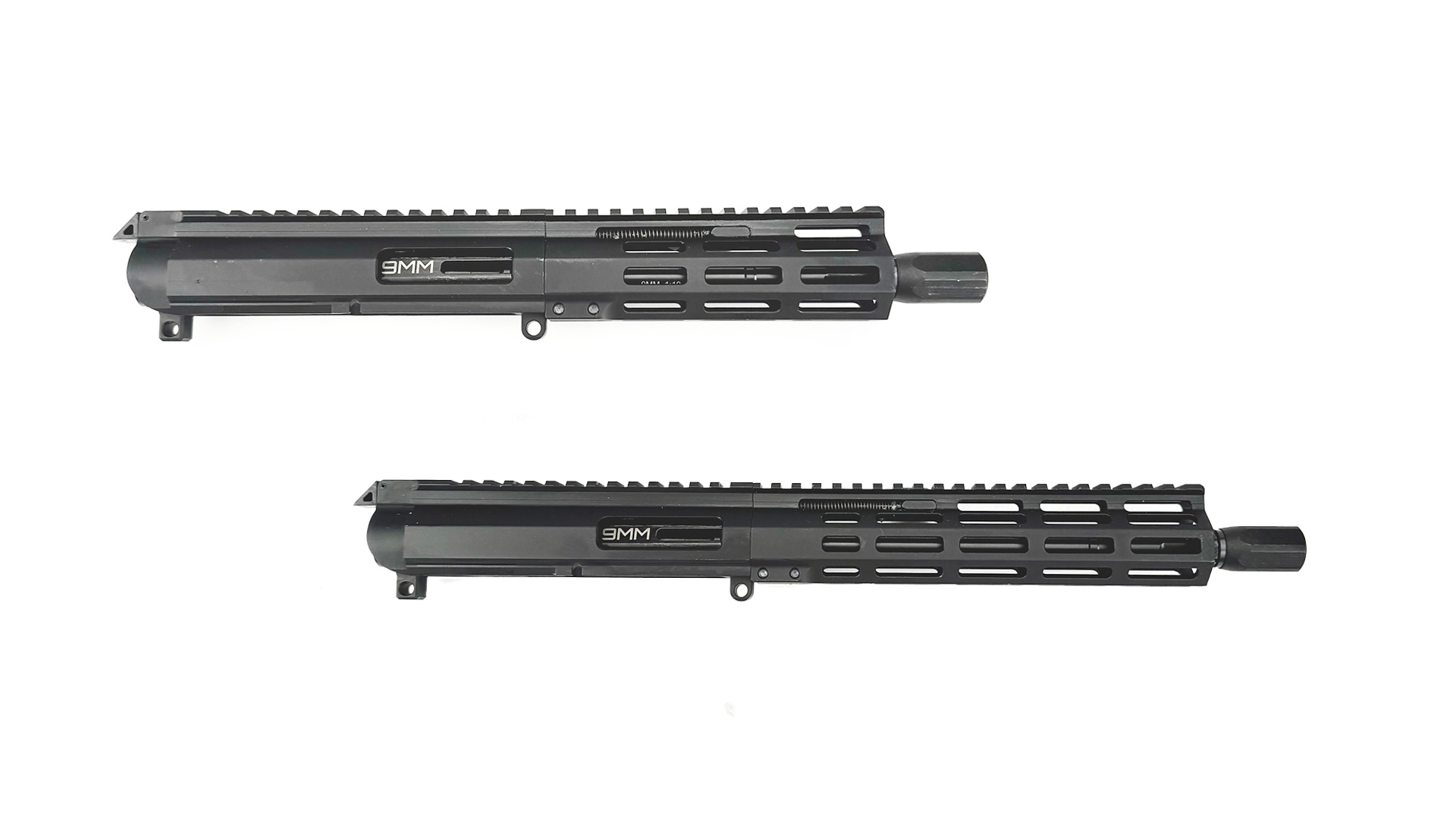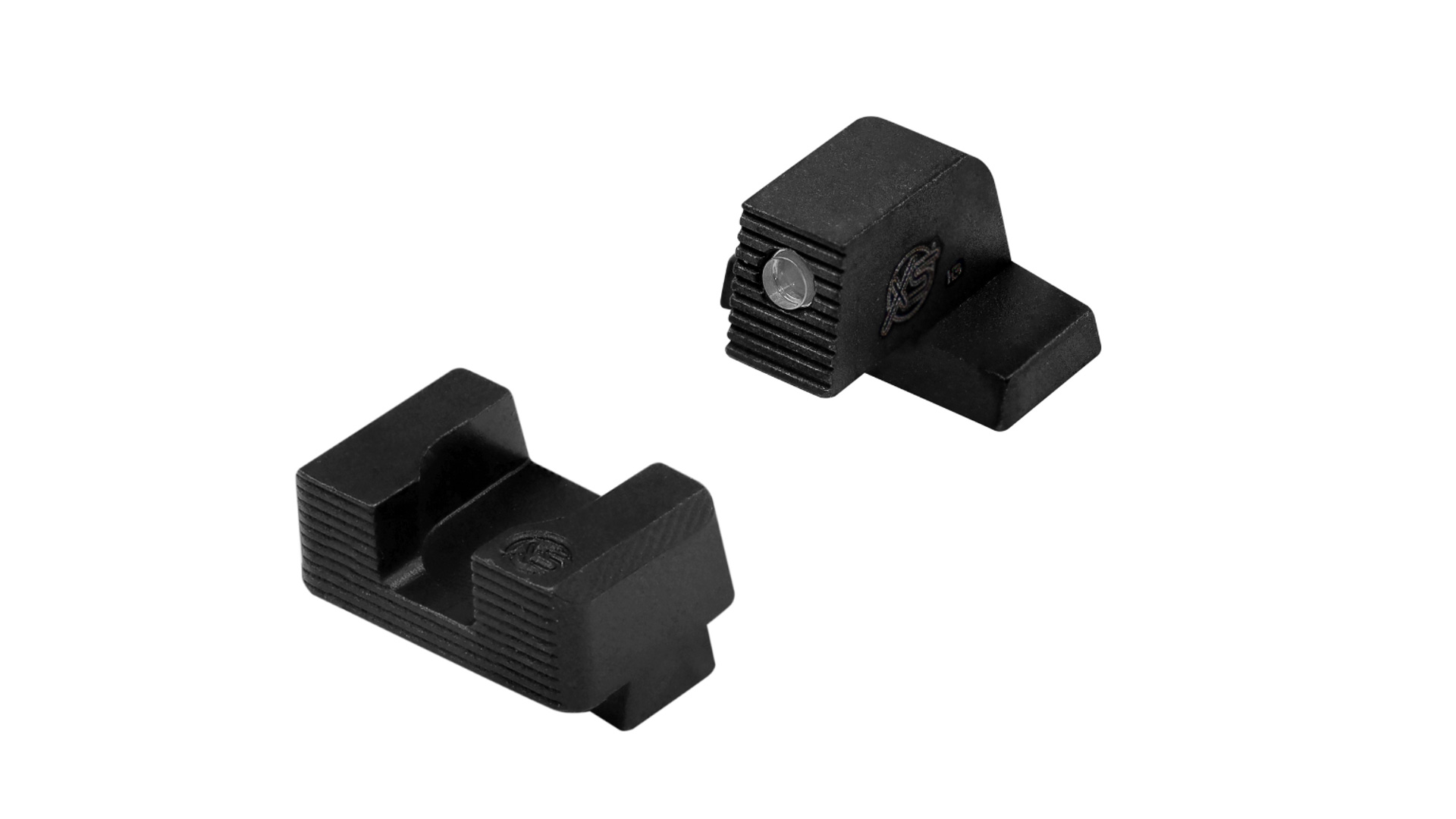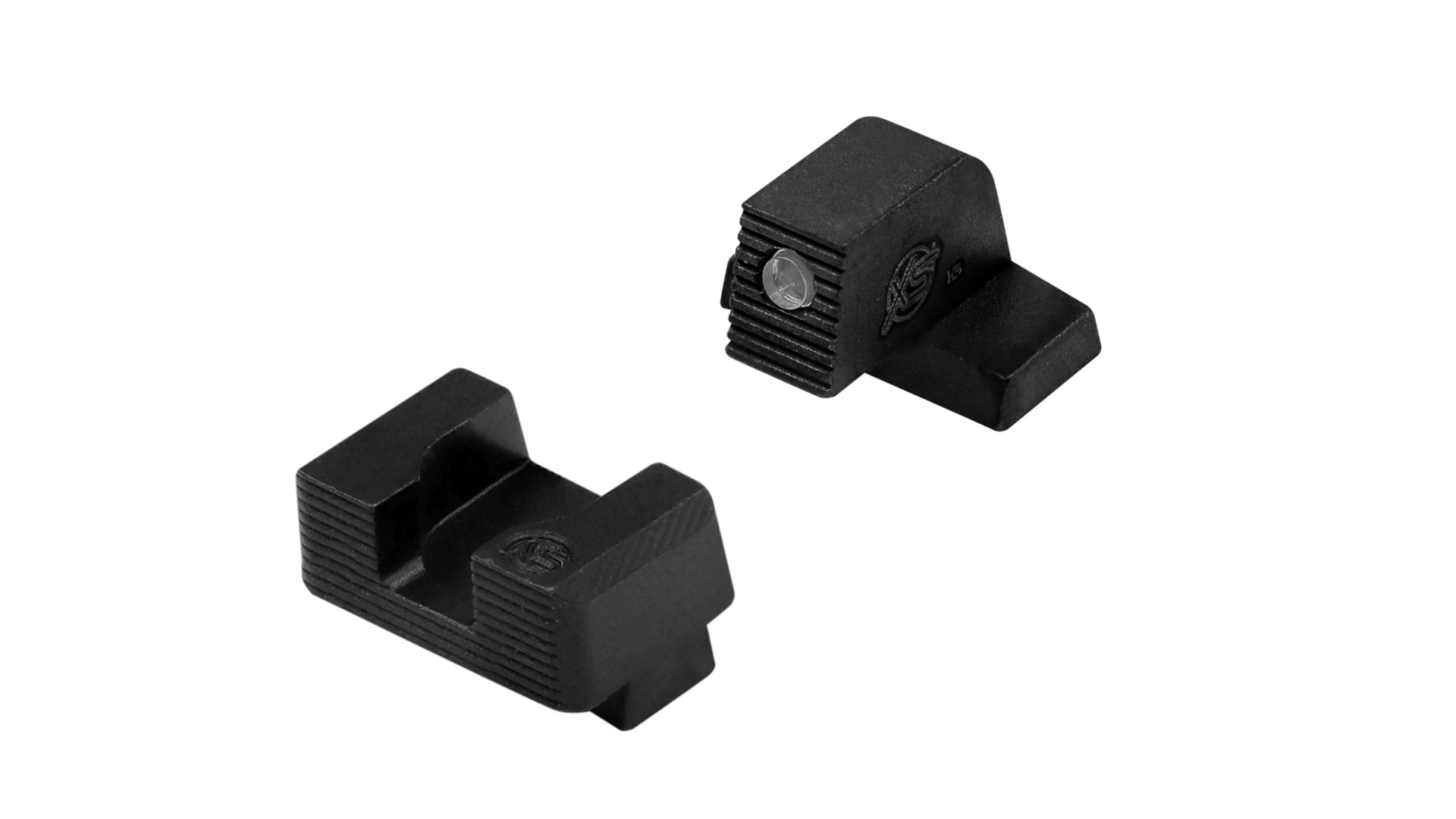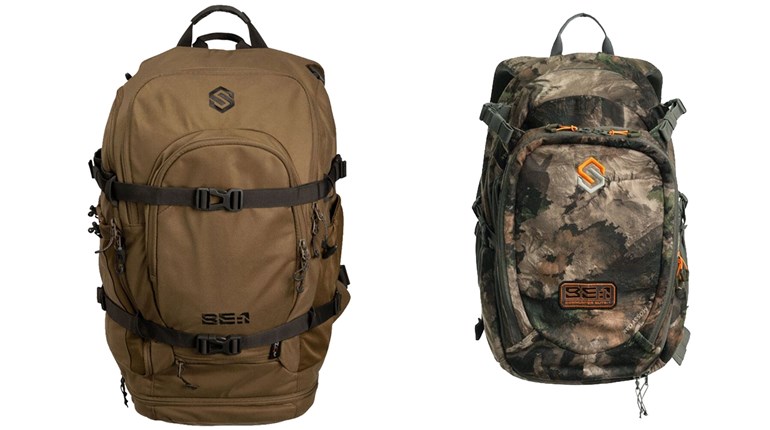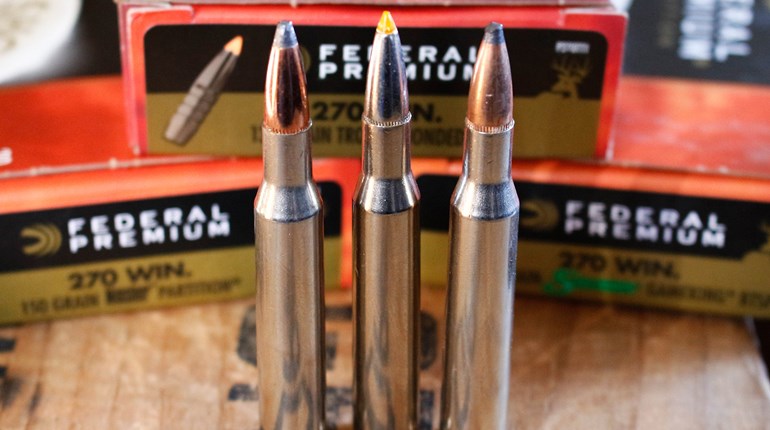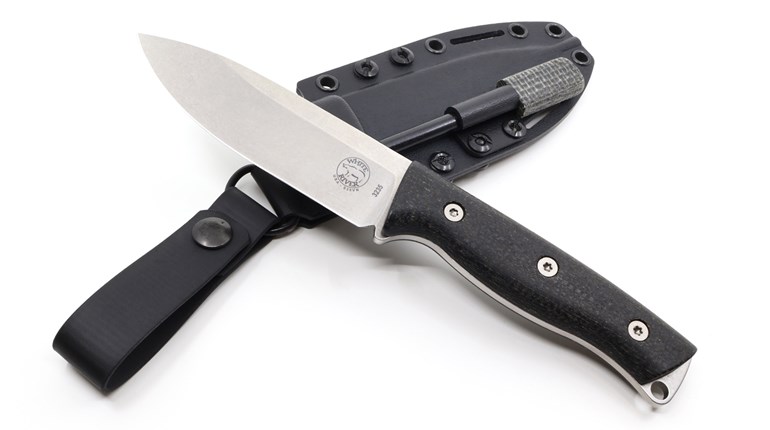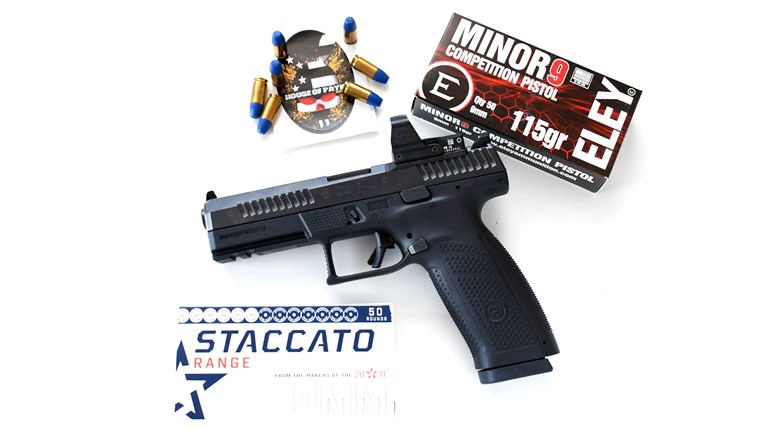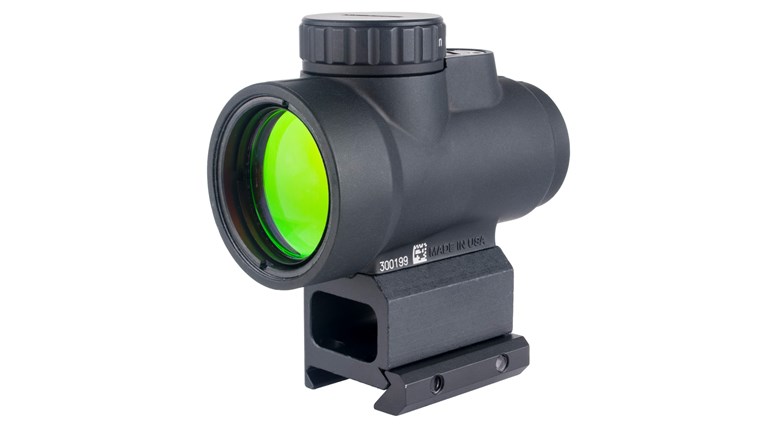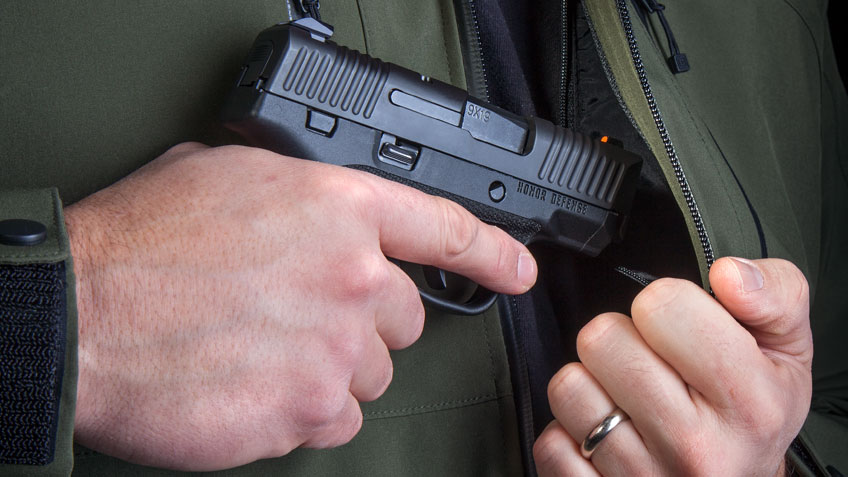
Tiny little single-stack nines are very much the flavor of the month now. A market that was once pretty much the sole province of Kahr has been infiltrated by first Kel-Tec and Ruger, and then pretty much everybody and their brother.
When the makers of two of the most common duty guns entered the single-stack, subcompact, medium-bore market with the Smith & Wesson Shield and the Glock G43, the popularity of these little pistols went through the roof. From my experience working in a retail gun store in 2015 and 2016, we literally couldn’t keep those two models in stock.
This is the market that new startup manufacturer Honor Defense enters with its debut firearm, the Honor Guard 9. A subcompact gun that fits some Shield holsters and uses G43 sights, the HG9 is making no bones about who its intended audience is.
The Honor Guard 9 is of fairly conventional design: Striker-fired, polymer-frame and with a steel slide enclosing a tilting barrel that locks into the ejection port with a shoulder over the chamber in the now-common Modified-Browning style. Where it does break from convention is that the lockwork rides in a steel “chassis” that also forms the frame rails, and this subunit is the serialized part, like the P250/320 from SIG Sauer or the Ruger American series of pistols.

This chassis makes for a substantial little pistol, weighing in at 23 ounces on my postal scale with an empty seven-round magazine in the well, and 26.1 ounces with a payload of 7+1, Speer 124-grain +P Gold Dots aboard.
Chassis aside, this is still the description of a fairly standard subcompact single-stack 9 mm handgun, right? But wait, there’s more...
What sets the HG9 apart from most pistols in its class is it sports several features that are normally upgrades one sends off to have done at a custom shop. For instance, the frame of the HG9 is aggressively textured, approximating the results one would get from sending a polymer pistol off to have the frame professionally stippled. It covers most of the grip and extends forward in strips on either side of the frame, running to just above and in front of the trigger guard, presumably in order to provide a good tactile reference point for indexing one’s trigger finger when not firing. I’m personally more a fan of indexing on the slide or ejection port, but this would work, too.

Were it my pistol, I’d run the texturing farther up the backstrap to the area where the web of my hand contacts it, and also add some on the bottom of the trigger guard, but these are individual preferences. The backstrap of the pistol is interchangeable, and the HG9 comes with two in the box, one arched and one flat. They are textured to match the rest of the grip and blend reasonably seamlessly.
The backstrap can be changed by driving out a roll pin and then sliding the old backstrap down off the gun, then sliding the new one up in its place. Oddly, I could not find this procedure referenced or illustrated in the manual, but it’s pretty straightforward and similar to other such pistols offering interchangeable backstraps.
There are cocking serrations in the usual place on the rear of the slide and a second set up front. Both sets of grooves wrap entirely over the top of the pistol’s slide in order to provide traction for the slide against one’s clothing when doing various one-handed malfunction-clearance drills.

Many pistols these days feature a reversible magazine release, but the one on the HG9 is truly ambidextrous. As a matter of fact, the slide stop is also ambidextrous, as are the manual safety levers on pistols equipped with that option. This handgun is as southpaw friendly as possible without moving the ejection port. Empty magazines depart the gun vigorously and, should they need to be stripped forcefully to clear a malfunction, there are scalloped cuts on either side of the floorplate to offer some purchase for the shooter’s fingers.
Two magazines are included in the box. One is a flush-fit, seven-round version and the other is an eight-round mag with an adapter collar that fills the gap between the bottom of the grip and the magazine floorplate.
Sights are of the common three-dot variety, with an orange dot up front and white ones in the rear. The sights are interchangeable with standard Glock G43 sights, meaning the front sight is fastened with a threaded screw through a hole in the slide while the rear is in a dovetail. The front sight initially loosened during shooting, but was fixed with some thread-locking compound.
The rear sight is backward from a lot of the more traditional looking “snag-free” Novak- or Heinie-type sights—it’s the rear of the sight that is sloped toward the front of the gun and the front face of the sight is actually cut with a slight reverse angle on it. This allows the sight to be more efficiently used to hook a belt or boot heel in one-handed manipulations like malfunction clearances. Simultaneously, having the sloped surface toward the rear means less chance of snagging on the draw. The only downside is the flat surface of the rear sight blade, the one on which the dots are painted, is recessed somewhat in the sight body, so if bright light is coming over the shooter’s shoulder, the sight picture can get a little busy.
Whoever designed the HG9 is clearly not a fan of using the slide stop to get the gun back into battery after a slide-lock reload. The vestigial slide stops are so non-snag and so recessed, they are effectively impossible to use to drop the slide on a full magazine. You’ll be using the power-stroke technique with this gun, whether you want to or not.
Takedown is simple: Remove the magazine, clear the chamber and lock the slide to the rear, rotate the takedown lever downward, and remove the slide off the front of the gun. Pulling the trigger is unnecessary, which eliminates one potential avenue of user error.
Once the slide is off, the guide rod and spring are lifted out—carefully, since the guide-rod spring is not captured on the rod. This can lead to a bit of struggle when reassembling, because the rather stout recoil spring needs to be wrestled into place without launching the guide rod across the room. Furthermore, the head of the guide rod that nestles against the bottom lug on the barrel can be installed where it is rotated 90 degrees out of alignment. This is warned against in the manual, but the wording is a bit vague and the small color photos are a little muddy. A clear line drawing would be useful here, particularly to confused novice owners.
At the range, the gun pointed well, and the trigger was plenty usable, with its pull measuring 6.25 pounds on my RCBS trigger scale. There’s an overtravel stop molded into the frame behind the trigger, and the sights lent themselves well to the sort of fast work in the 0- to 7-yard range for which this gun is intended. The contrasting bright-orange front sight is especially useful.
Recoil was not horrible, and the heavily textured grip played bigger dividends the faster I shot. Unlike some pistols with ambidextrous magazine releases, I never had any issues with my grip triggering the magazine release from the opposite side, strong-hand or weak-hand, one- or two-handed. I even fudged my grip around looking to see if I could induce this problem, but I couldn’t even make it happen deliberately.
In initial testing, the (early production, remember) pistol had two weird instances where a live round was wedged in the chamber and was hard to extract. I called the factory, and Honor Defense immediately sent me a fresh barrel and a SASE for me to return the old one. The problem vanished. I’ve since put a little more than 500 rounds of assorted ammo through the gun without incident.
With the gun being rated for +P ammunition, I was anxious to see how it would do with my current choice in self-defense loads, the aforementioned Speer 124-grain +P Gold Dot. I was pleasantly surprised at how controllable it was, and at 15 yards it was reasonably easy to shoot accurately despite the stubby barrel and concomitant short sight radius.

With cheap, steel-cased, Russian FMJ ammunition, accuracy was hardly worse and ignition was surprisingly reliable for a striker-fired handgun, considering that Russian primers are harder than woodpecker lips. The only ammunition to give me pause was the 147-grain Federal Premium HST. Either I threw an egregious flier—coincidentally on the first shot of each five-round string—or it pitched that first hand-chambered round a couple or 4 inches away from the rest of the group at 15 yards.
Even then, the difference in point-of-impact wasn’t significant in practical terms; not enough to notice in environments ranging from casually blasting paper at 5 or 7 yards all the way out to shooting 6- or 8-inch steel plates at 20 to 25 yards.
So, what we have here is a solid little 9 mm from an all-American company, built entirely in the U.S. and assembled by veterans. The HG9 is fully featured, and the price is not out of line against its competition, especially when the additional features are factored in. If you’re looking for a single-stack carry gun and aren’t already deeply invested in one of the existing brands, I’d give the Honor Guard 9 some serious consideration. A lot of thought was put into making it perfectly suited to the job.



